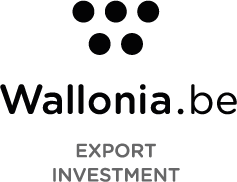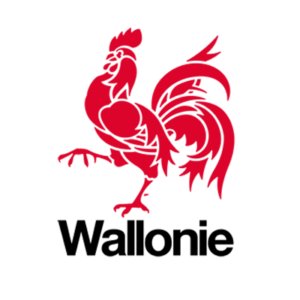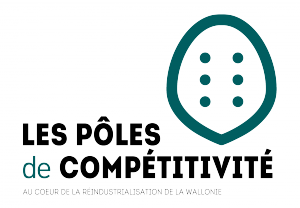Innovations in Security and Alarm Systems, Radar, Artificial Intelligence, Machine Learning, and First Responder Solutions
This Homeland Security TOE profiles advancements in security and alarm systems, radar, artificial intelligence (AI), machine learning, and first responder solutions. Innovations profiled include a novel alarm system for perimeter protection; radar for intruder detection; a security system with an integrated siren, a motion sensor, and a HD camera; home security and automation system; a AI-enabled security analytics platform; a first responder solution for disaster management; a secure access control solution for connected ecosystem; and a machine learning-based security solution for ports and border areas.
The Homeland Security TechVision Opportunity Engine (TOE) captures global innovations and developments related to homeland security on a monthly basis. Technologies enabling security segments, including incident management, border security, CBRNE, disaster management, cybersecurity, first responders, critical infrastructure protection, maritime security, food security, personal protective equipment, and airport security are captured in this TOE.
The need for low power, smaller, lighter sensors with enhanced performance attributes and minimal false alarms is driving innovations in the sensors space. The Sensors and Control cluster covers innovations pertaining to technologies such as wireless sensors and networks, energy harvesting, haptics and touch, MEMS and nanosensors, terahertz, ubiquitous/smart sensors, CBRNE, quantified-self, sensor fusion, M2M communications, and drones.
Keywords: Alarm system, radar, artificial intelligence, machine learning, first responder, intruder detection, border security, perimeter security, home security



